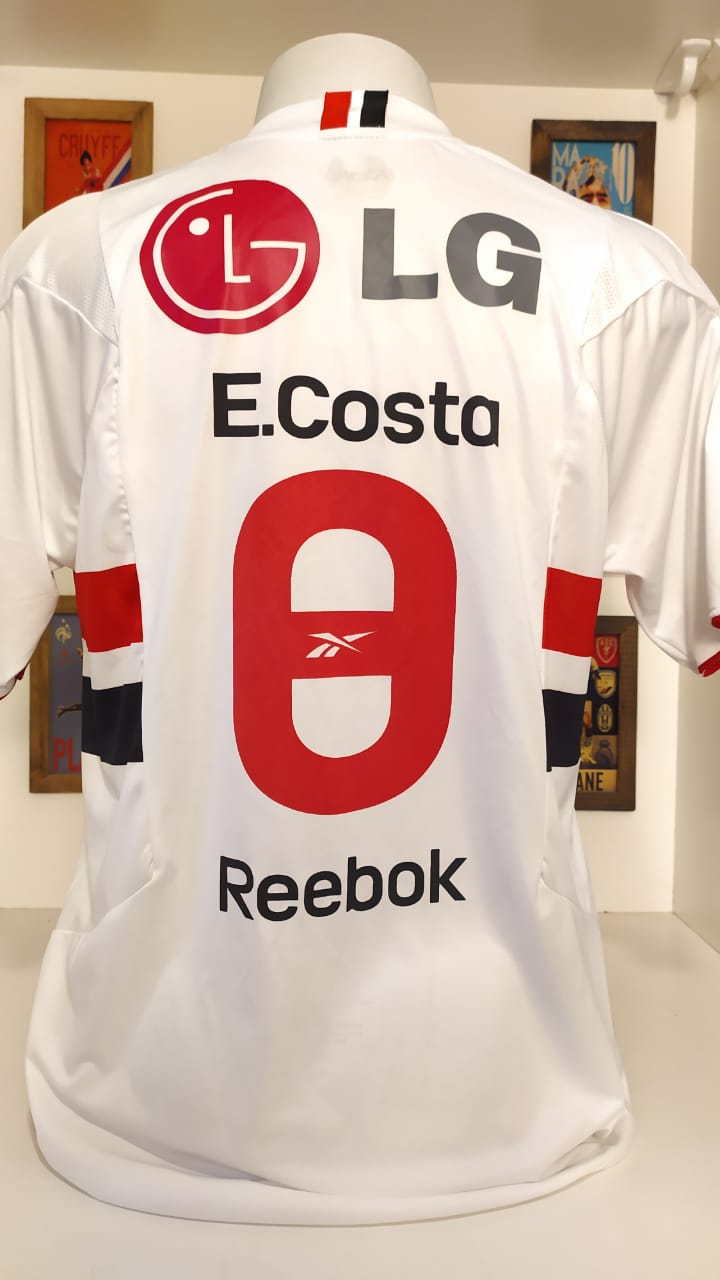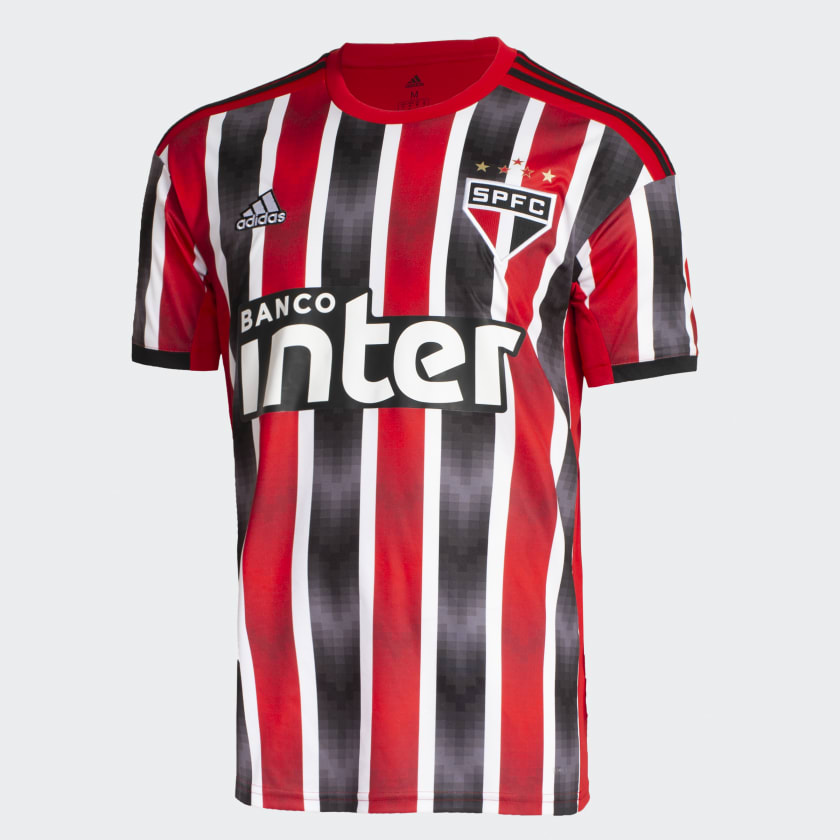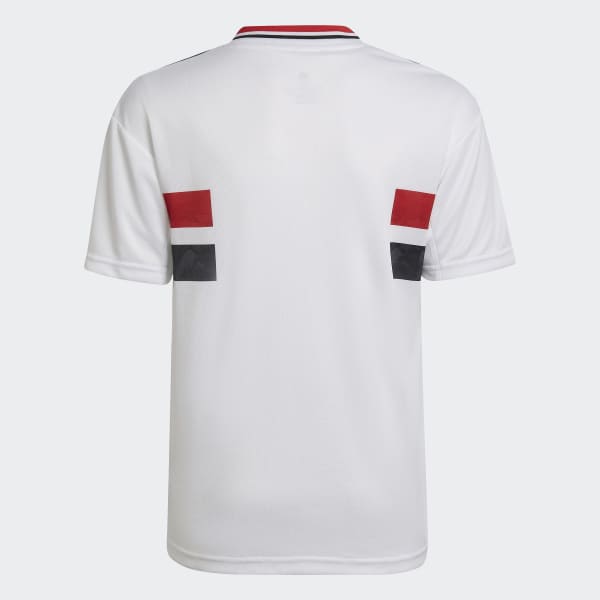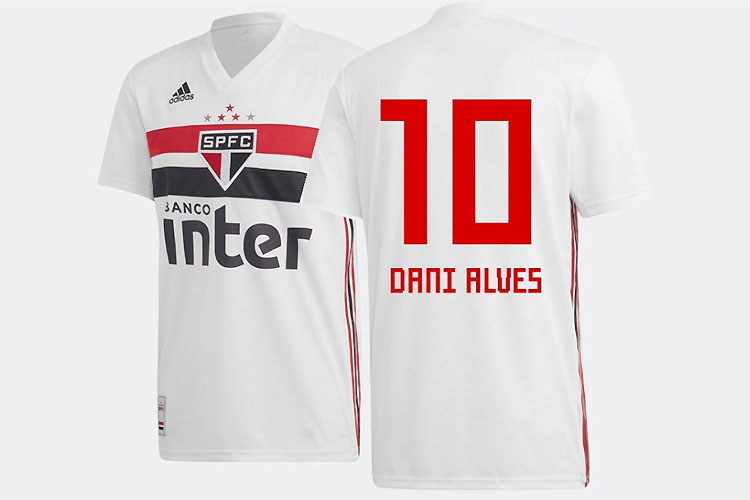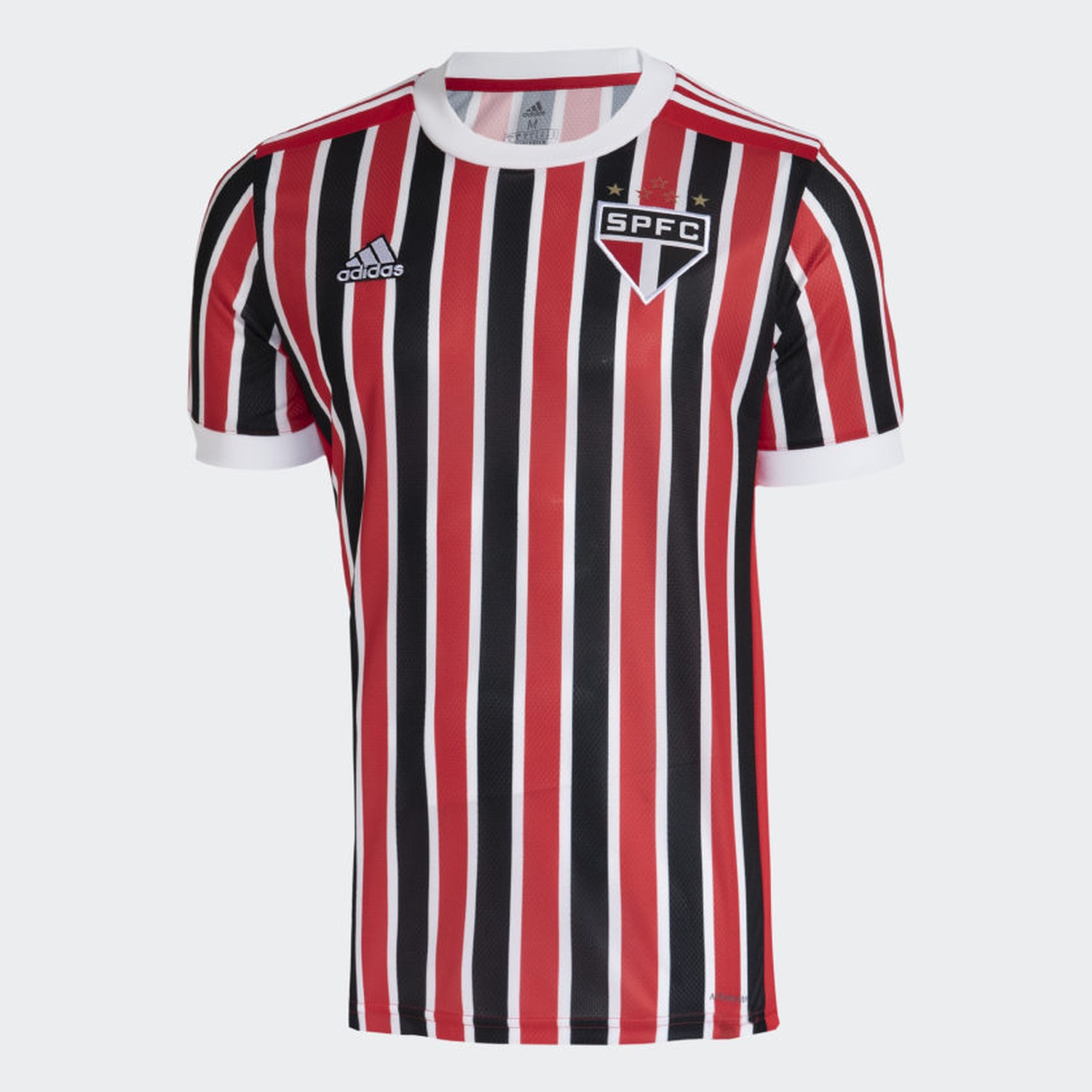
Sensação do São Paulo, Diego Costa fala sobre estilo firme e dividida até com Daniel Alves - Gazeta Esportiva
/i.s3.glbimg.com/v1/AUTH_bc8228b6673f488aa253bbcb03c80ec5/internal_photos/bs/2022/Q/A/qdjLhAQ9eVQnMOBZhRBg/camisa-diego-costa.jpg)
Aos 23, Diego Costa pode ser capitão mais jovem a liderar São Paulo em um título desde 1994 | são paulo | ge

Camisa São Paulo I 21/22 Diego Costa Nº 4 Torcedor Adidas Masculina - Branco+Vermelho | São Paulo Mania

Camisa Do Sao Paulo 2015 Soccer Jerseys,Chandal Sao Paulo Jersey 15 16 Football Shirt Custom Camisetas De Futbol Best Thai Pato|shirt|shirts goodshirt t - AliExpress
/i.s3.glbimg.com/v1/AUTH_bc8228b6673f488aa253bbcb03c80ec5/internal_photos/bs/2022/A/F/OvGQ9BR7mbpe2M5pI6ig/luan08.jpg)
Luan será o camisa 8 em 2022; número já foi usado por ídolos do São Paulo, como Kaká e Muricy | são paulo | ge

Camisa São Paulo I 21/22 Miranda Nº 22 Torcedor Adidas Masculina - Branco+Vermelho | São Paulo Mania

São Paulo FC - Clássico e moderno! Listras nas costas e 90 anos de história! #NósSomosSãoPaulo🇾🇪 🛒 > http://bit.ly/3aV0yzU | Facebook







